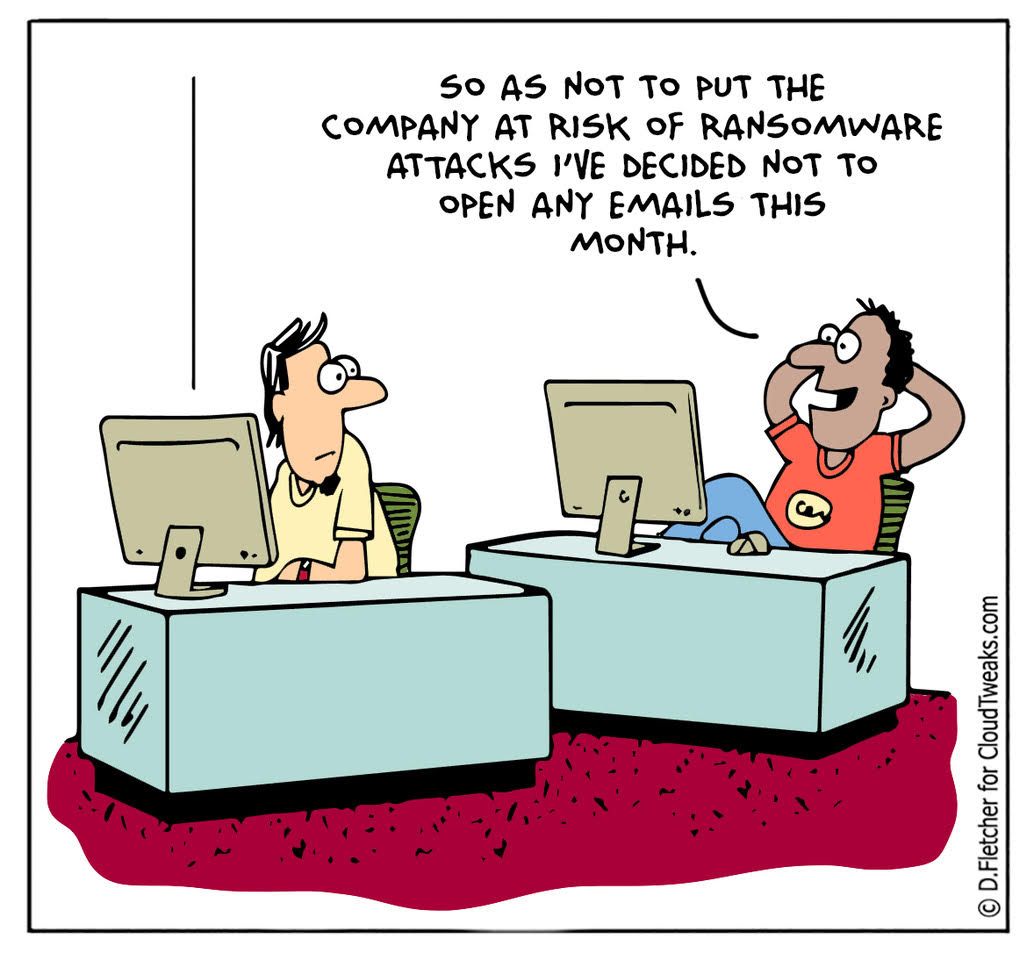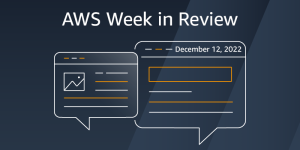
In an increasingly interconnected digital world, the threat of DNS attacks looms large, posing a formidable challenge to the security of our digital assets. From disrupting online services to redirecting users to malicious websites, DNS attacks have become a prevalent tool in the arsenal of cybercriminals. In this age where every click and connection matters, safeguarding against these attacks is not just a priority but a necessity for businesses and individuals alike. Let’s delve into the realm of DNS attacks and explore how advanced security measures can shield our digital assets from harm.

Understanding DNS Attacks
DNS attacks come in various forms, each with its own set of tactics and negative effects. At their core, DNS attacks aim to exploit vulnerabilities in the Domain Name System, disrupting its functionality and compromising the integrity of online activities.
Some common DNS attack types are:
- DNS Spoofing: This technique involves the forging of DNS responses to redirect users to malicious websites or capture sensitive information. By manipulating DNS records, attackers can trick users into unknowingly visiting fraudulent sites, posing a significant risk to data security and privacy.
- DDoS Attack: Distributed Denial of Service attacks flood DNS servers with an overwhelming volume of traffic, making them inaccessible to legitimate users. This attack of requests overwhelms server resources, leading to service disruption and downtime, impacting business operations and user experience.
- DNS Hijacking: DNS hijacking occurs when attackers gain unauthorized access to DNS settings, redirecting traffic from legitimate servers to malicious ones under their control. This tactic enables attackers to intercept sensitive information, manipulate traffic, or launch further cyberattacks, posing a severe threat to the integrity of online communications.
Consequences of DNS Attacks
The negative effects of DNS attacks can be far-reaching and damaging. From service disruption and data theft to reputational harm and financial loss, the consequences extend way beyond quick operational disruptions. Businesses may suffer downtime, leading to loss of revenue and customer trust. Moreover, compromised DNS integrity can result in unauthorized access to sensitive information, exposing individuals and organizations to privacy breaches and regulatory penalties. As such, understanding the nature of DNS attacks and their potential impacts is crucial in implementing effective security measures to mitigate these threats.
Advanced Security Measures
Cyber threats evolve with newer tactics and mechanisms. That is why advanced security measures are crucial to protecting against DNS attacks and ensuring the integrity of online assets. Let’s explore three key strategies for strengthening DNS security.
Implementing DDoS Protected DNS Services
DDoS attacks pose a significant threat to DNS infrastructure, capable of overwhelming servers and disrupting online services. These attacks flood DNS servers with a massive amount of malicious traffic, making them inaccessible to legitimate users. Implementing DDoS protected DNS services offers a proactive defense mechanism against such assaults. By utilizing specialized infrastructure and mitigation techniques, DDoS protected DNS services help resist volumetric attacks, ensuring uninterrupted access to DNS resources. This not only enhances the reliability and availability of online services but also mitigates the risk of downtime and revenue loss associated with DDoS attacks.
Deploying DNSSEC (Domain Name System Security Extensions)
DNSSEC, or Domain Name System Security Extensions, is a fundamental service for anyone aiming for better DNS security. It protects DNS against manipulation and spoofing attacks. By digitally signing DNS data, DNSSEC ensures the authenticity and integrity of DNS responses, thereby mitigating the risk of unauthorized modifications or falsified records. This cryptographic framework offers an additional layer of security, validating the authenticity of DNS information and protecting against cache poisoning and DNS spoofing attacks. By deploying DNSSEC, organizations can enhance the trustworthiness and reliability of DNS resolution, safeguarding against malicious tampering and maintaining the integrity of online communications.
Utilizing Anycast DNS for Enhanced Resilience
Anycast DNS leverages a distributed network infrastructure to enhance the resilience and availability of DNS services. Unlike traditional Unicast DNS, which routes queries to a single server, Anycast DNS distributes queries across multiple geographically dispersed nodes. This distributed nature enables Anycast DNS to withstand DDoS attacks by spreading the impact across multiple points of presence. By directing queries to the nearest available server, Anycast DNS improves responsiveness and mitigates latency, ensuring optimal user experience even in the face of network disruptions or targeted attacks. This resilience makes Anycast DNS an effective strategy for strengthening DNS infrastructure against downtime and improving the overall reliability of online services.
Best Practices for DNS Security
Ensuring the security of your DNS infrastructure requires a proactive approach and compliance with best practices. Let’s explore three key strategies for enhancing DNS security.
Regular DNS Health Checks and Audits
Regular DNS health checks and audits are essential for maintaining the integrity and reliability of DNS services. Monitoring DNS configurations and settings allows organizations to identify and address vulnerabilities or misconfigurations promptly. Techniques for conducting DNS health checks include reviewing DNS server logs, analyzing DNS traffic patterns, and performing DNS zone file audits. By regularly assessing the health and performance of DNS infrastructure, organizations can detect and mitigate potential security risks before they escalate, ensuring uninterrupted service delivery and data integrity.
Implementing Access Controls and Firewalls
Access controls play a vital role in limiting DNS access to authorized entities and preventing unauthorized access or tampering. By configuring access control lists (ACLs) and using strict permissions, organizations can restrict DNS queries and zone transfers to trusted sources only. Additionally, firewalls serve as a crucial line of defense against unauthorized DNS traffic by filtering incoming and outgoing DNS requests based on predefined rulesets. By implementing access controls and firewalls, organizations can minimize the risk of DNS abuse, unauthorized access, and data exfiltration, enhancing the protection of their DNS infrastructure.
Continuous Education and Training
Continuous education and training are key components of a robust DNS security strategy. Educating employees on DNS security best practices raises awareness about potential threats and helps them to identify and mitigate risks effectively. Training programs should cover topics such as phishing attacks, social engineering tactics, and DNS-related security threats. By building a culture of security awareness, organizations can reduce the likelihood of human error and mitigate the risk of DNS-related security incidents. Investing in employee education and training demonstrates a commitment to cybersecurity and strengthens the overall resilience of the organization against evolving threats.
Safeguarding digital assets against DNS attacks requires a multi-faceted approach that includes advanced security measures and best practices.
Different attacks, from DDoS assaults to DNS spoofing and hijacking, pose risks to online security. By implementing proactive measures such as DDoS protected DNS services, DNSSEC deployment, and Anycast DNS, organizations can fortify their DNS infrastructure against threats and ensure uninterrupted service delivery. Regular DNS health checks, access controls, firewalls, and employee training are also crucial steps in mitigating risks. By prioritizing DNS security, organizations can safeguard their digital assets and mitigate the impact of cyber threats.
By Vasilena Markova


